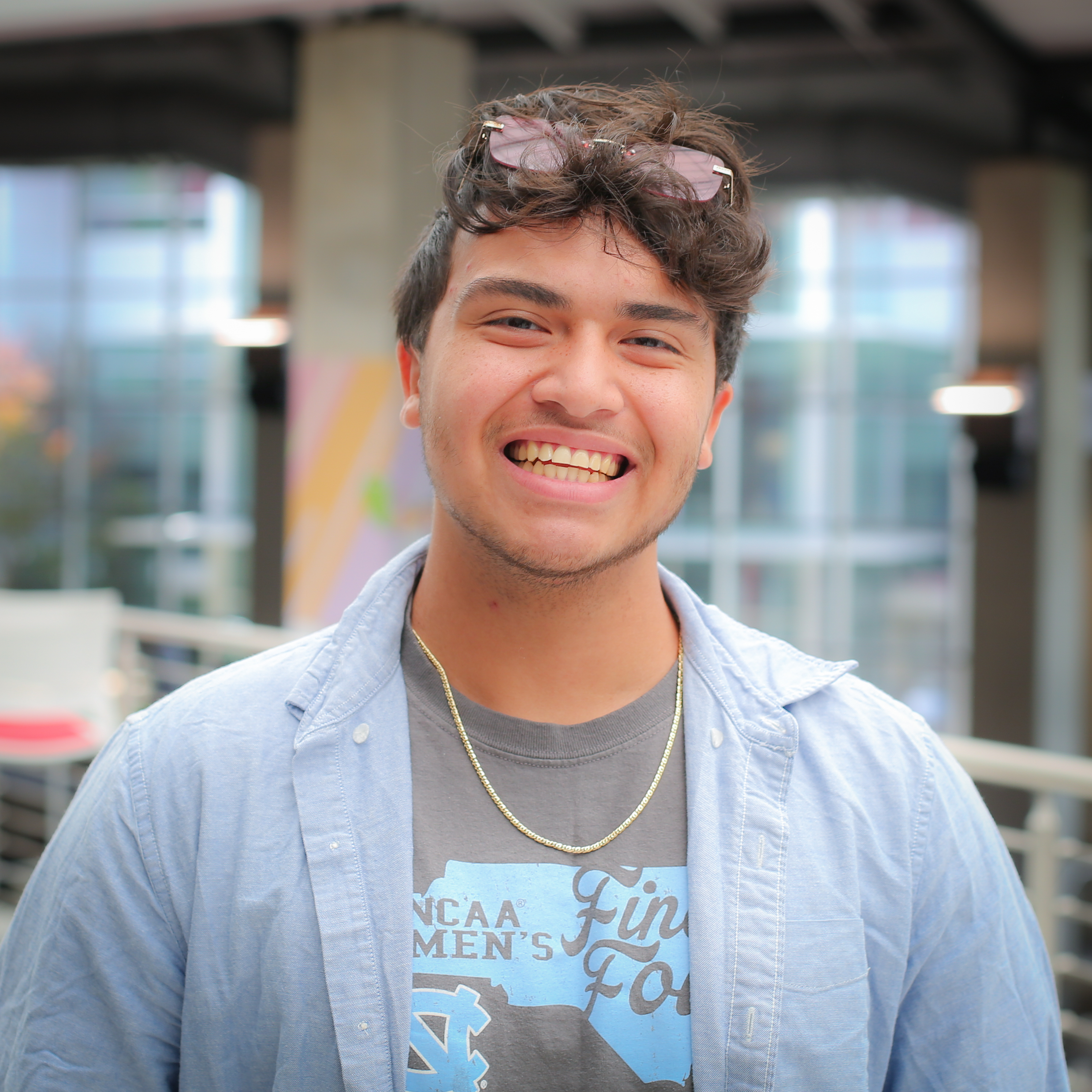10 HBCU Student Newsrooms Awarded Funding to Strengthen Journalism
Reporter
Editor & Writer
Reporter
Editor & Writer

- The Center for Journalism & Democracy (CJD) awarded almost $200,000 to 10 newsrooms at nine historically Black colleges and universities.
- The funding will help the newsrooms pay writers and editors and improve technology, operations, staffing, audience engagement, and reporting.
- CJD will also meet with the newsrooms for training and monthly meetings.
The journalism field is shrinking nationwide, but that won't stop Howard University from working to strengthen student journalism at historically Black colleges and universities (HBCUs).
Howard University's Center for Journalism & Democracy (CJD), founded by award-winning journalist Nikole Hannah-Jones, gave its first annual award of almost $200,000 to 10 HBCU student newsrooms.
This is the latest push for Black journalism by CJD after collaborating with the City University of New York's Craig Newmark Graduate School of Journalism to provide a one-week data journalism course to students from HBCUs this year.
The funding will help improve technology, operations, staffing, audience engagement, and reporting. A team — made up of a faculty advisor, a student staff member, and two other students — in each newsroom will implement the funding plan.
HBCU student newsrooms brim with talent, but often lack the resources needed to give students access to the cutting-edge technology and operational support that so many of their peers at predominately white institutions have,
Hannah-Jones, who also serves as Knight Chair in Race and Journalism at Howard University, said in a statement.
Each newsroom will receive a one-time award of between $4,000 and $29,200 and renewable two-year funding to pay and hire staff and contributing writers.
Seven of the 10 newsrooms will receive stipends for editorial staff, and half of the newsrooms will receive stipends to hire contributing writers, a CJD spokesperson told BestColleges.
The recipient HBCU newsrooms are:
- KTSU2 (Texas Southern University): $29,200
- The Spokesman (Morgan State University): $27,800
- The Campus Echo (North Carolina Central University): $25,000
- The Tiger's Roar (Savannah State University): $22,200
- Aggie Newsroom (North Carolina A&T University): $20,400
- The Hilltop (Howard University): $18,400
- Howard University's News Service (Howard University): $16,000
- The Trilogy (The University of the District of Columbia): $16,000
- The FAMUAN (Florida A&M University): $12,000
- The Maroon Tiger (Morehouse College): $4,000
CJD's vision is to use the unique and necessary traditions of the Black press to shape and influence American media to advance racial equality, hold power accountable, and strengthen U.S. democracy. CJD opened applications to the cohort HBCUs for the funding last year and notified awardees this April.
I am so excited to finally see these resources headed to where they are much needed,
Hannah-Jones said in a statement. When we invest in our HBCUs, we invest in ensuring our multiracial democracy is covered by a multiracial press.
The Hilltop will use its funding for new high-definition cameras, investigative editor pay, and a Whisper Room for podcast production.
Texas Southern University will launch a physical newsroom, install computers and field kits for staff, and pay editors and contributing writers.
After lying dormant for a decade, the University of the District of Columbia will revive its campus newspaper, The Trilogy.
However, it isn't the first HBCU to revive a dormant newspaper.
Last year, Spelman College revived The Blueprint through the ReNews Project after seven years of inactivity.
The ReNews Project helps HBCUs restart student newspapers. It redesigned The BluePrint's website, secured advertising and distribution racks, and printed the inaugural issue all for free.
I feel like if ReNews didn't happen, we'd still be trying to find a printer, or start a website,
co-editor Kylar Gray previously told BestColleges. They helped us in all the places we needed and really gave us the extra push to make this all happen. It's been amazing to work with them.
















